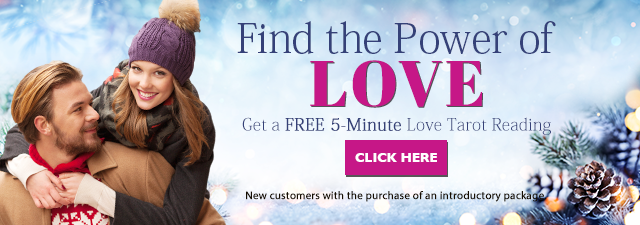Consulting the Runes

Throughout history people have turned to mystical tools to help them uncover answers about themselves and the world around them. Many of these tools are still used to this day and not only reveal powerful messages about the future, but also carry the weight of history with their use. While tarot cards date back to medieval times, runes are found even further back in history, around the 1st or 2nd century.
Runes are a written alphabet found on artifacts throughout Europe and are most commonly associated with early Germanic and Norse tribes. It is believed that runes were a common alphabet used before the Roman alphabet that we know and use today and was a written language that contained magical properties. Carvings found on shields, gravestones and other artifacts, as well as references throughout early literature reveal that runes have long been used as a magical language and divination tool.
Like so many other alphabets, as the use of runes spread from region to region and culture to culture, there were changes made. This is why you will see many similarities and some differences between the different types of runes. However, it’s important to remember that runes were never a spoken language and instead were most often used as the alphabet for sacred rituals and texts.
When you turn to the runes for guidance, it is called rune casting. A set of runes is made of small tiles, rocks or other object with a specific rune inscribed on it. These are often kept in a small bag. While there are many different sets available for purchase, it is possible to make your own personal set of runes that are perfectly tuned to your spiritual energy. With so many variations on styles of runes, you’ll find great diversity in rune sets and should do some research to figure out which set works best for your purposes.
Once you have a question in mind and a set of runes at hand, it is time to set up for your rune casting. Typically a cloth is placed on the ground and this is where the runes are cast. Some traditions hold that the cloth should face the sunlight, while other traditions hold that rune casting should be done at midnight. Other factors that could influence the rune casting include the weather and your attitude. It’s generally thought to be best if you are in an open and content mood, otherwise your negative energies could lead to negative results.
The person who is casting the runes will hold the runes as they concentrate on the question being asked. Unlike other divination tools, runes work best with an open question instead of a yes-or-no question. After they concentrate on the situation they will pour the runes from the bag onto a cloth. Only runes that land face up will be used and placed in a layout. There are a variety of traditional layouts that require different number of runes. Each position in a specific layout has significance and in that way casting runes is very similar to a tarot card reading.
Whether you’re interested in learning how to cast runes yourself or you simply want to learn more about this ancient esoteric art, runes are a fascinating way to find the answers that you seek.









